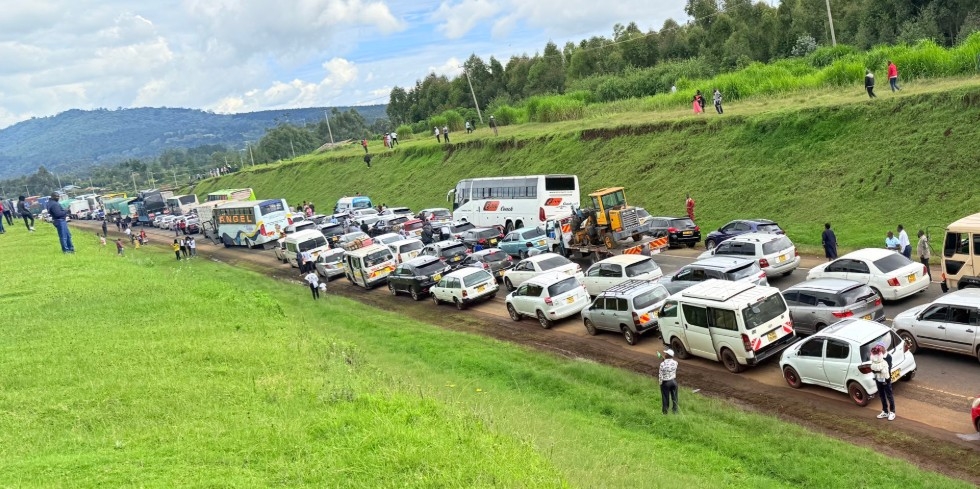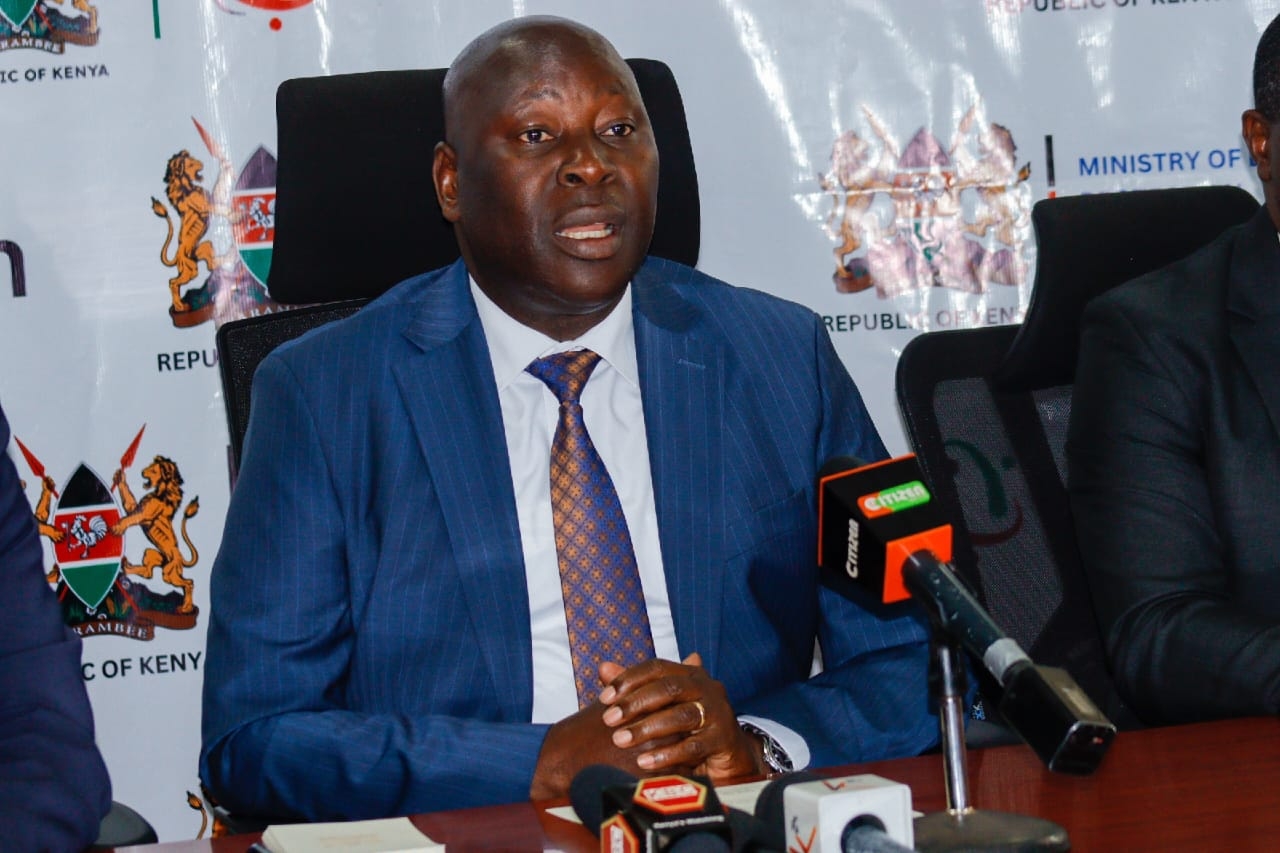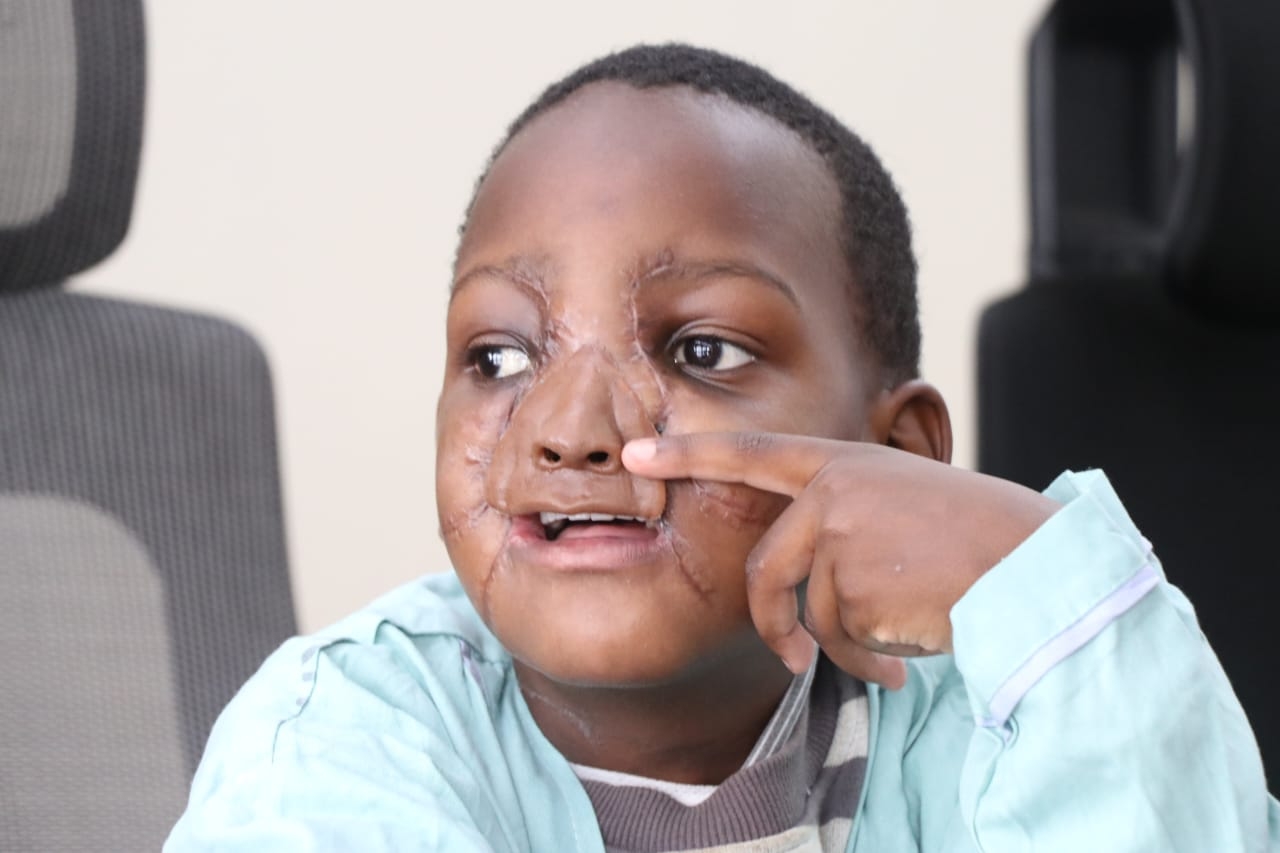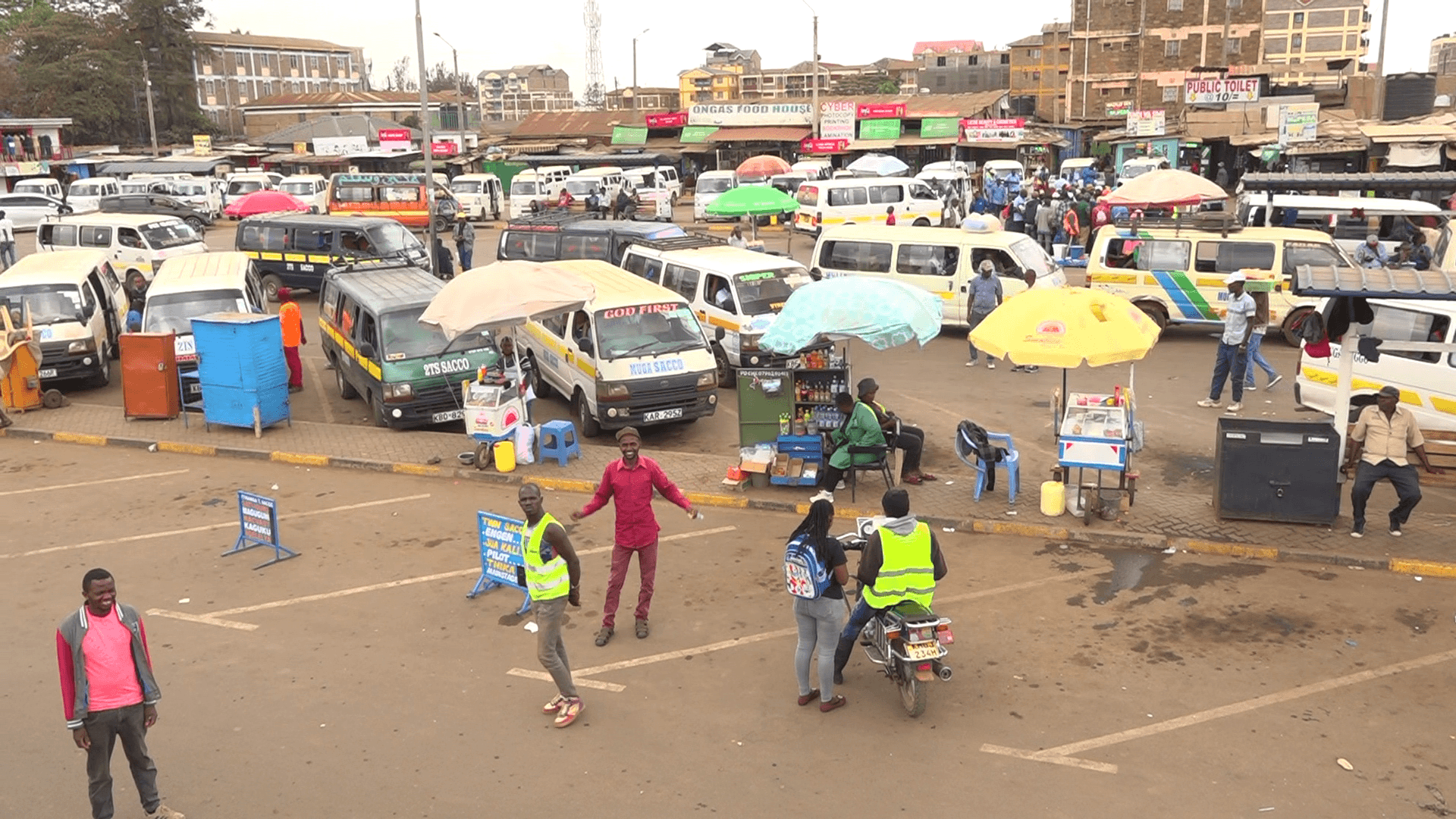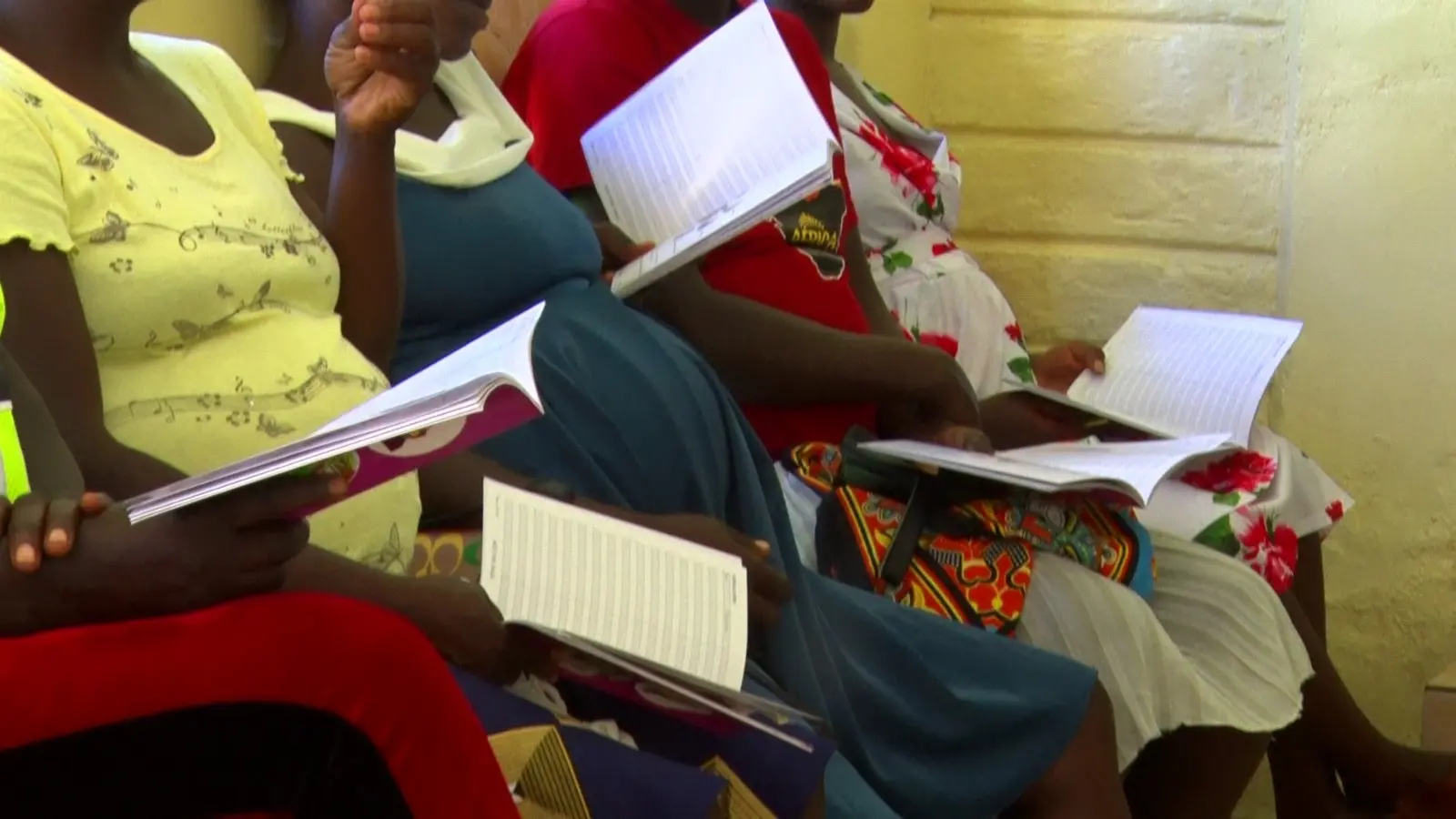
A report by the Kenya National Bureau of Statistics (KNBS) has revealed that teenage pregnancy rates among girls aged 12-17 years in Kenya decreased by more than 40 per cent between 2009 and 2019.
The national incidence dropped from 3.7per per cent to 2.2 per cent, with significant reductions in both urban and rural areas.
However, regional disparities and socio-economic factors continue to drive inequality in teenage pregnancy rates across the country.
The report highlights that urban areas experienced the most significant improvement, with teenage pregnancy rates halving from 3.2 per cent to 1.4
Conversely, rural areas have shown slower progress, widening the gap between the two.
“The inequality in teenage pregnancy between urban and rural areas widened over the decade, both due to the higher incidence in rural areas and the slower progress during the period,” noted KNBS.
At the county level, inconsistencies were severe. In 2019, Mandera had the highest teenage pregnancy rate at 6.3 per cent, compared to Nyeri, which recorded the lowest at 0.6 per cent.
Counties such as Migori, Homa Bay, Samburu, and West Pokot also reported high rates (between 4.1 per cent and 6.3 per cent).
On the other hand, Nyeri, Kiambu, Nyandarua, Murang’a, and Makueni consistently recorded the lowest rates (0.6 per cent to 1.0 per cent) over the decade.
Notably, counties like Homa Bay and Migori failed to make progress during the ten years, remaining among the most affected regions.
Meanwhile, significant reductions were recorded in Kisumu, Siaya, Tana River, Nyeri, and Kakamega, where rates declined by over 60 per cent.
However, in some counties, according to the KNBS statistics, teenage pregnancy rates increased.
Mandera being one of the counties, it witnessed the sharpest rise, with rates tripling from 2.1 per cent in 2009 to 6.3 per cent in 2019.
Wajir, Garissa, Marsabit, and Turkana also saw notable increases.
The KNBS report also dealt with socio-economic and demographic characteristics associated with teenage pregnancy.
The research showed that it was girls from households with larger numbers of children, labour-constrained households, or households headed by individuals with lower education levels or disabilities who were more likely to experience teenage pregnancy.
Parental education and employment status were significant factors. In 2019, only 0.3 per cent of girls whose mothers had completed secondary or higher education had experienced teenage pregnancy, compared to 1.5 per cent of girls whose mothers had not completed secondary education.
Similarly, rates were higher among girls whose parents were unemployed or had disabilities.
Living arrangements and orphanhood further influenced teenage pregnancy rates. Girls without one or both parents or those not living with either parent were found to be at greater risk.
Despite the national decline in teenage pregnancy, KNBS underscored the need for targeted interventions to address the persistent inequalities.
"This data highlights the urgent need for tailored strategies to address the socio-economic and regional disparities that continue to drive teenage pregnancy,” the report stated.
With rural areas, underserved counties, and vulnerable socio-economic groups disproportionately affected, stakeholders must prioritise inclusive policies and programs to ensure progress is both equitable and sustainable.


